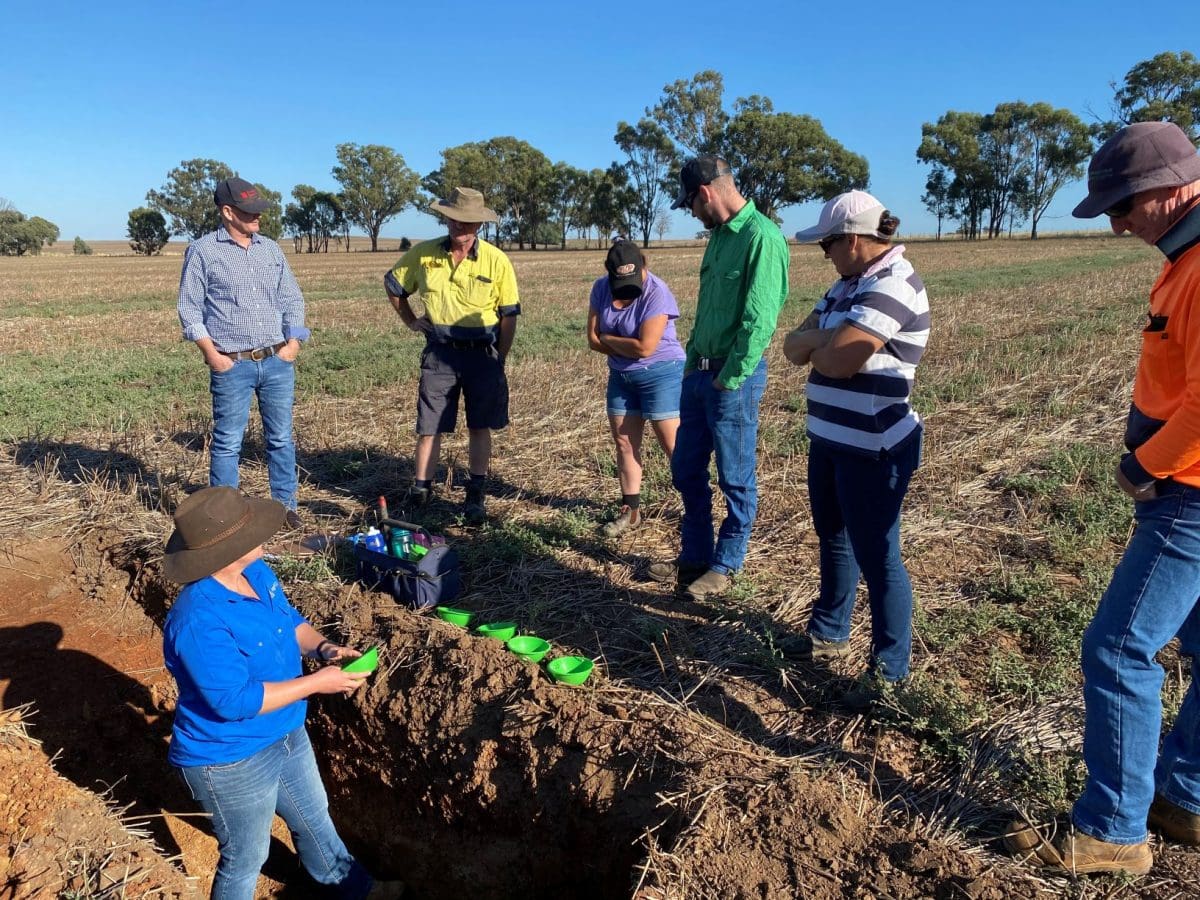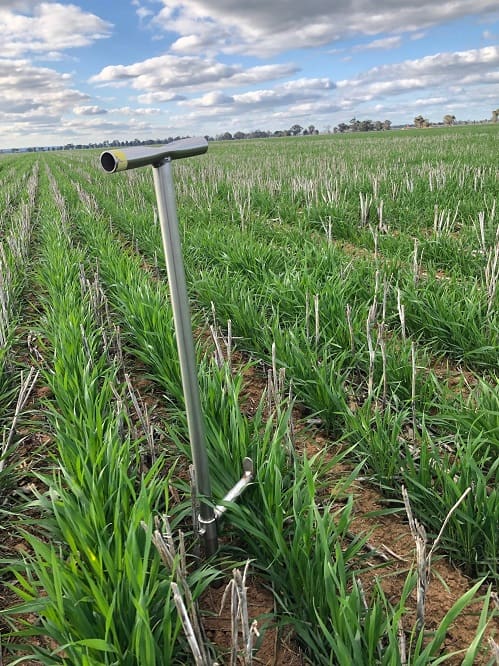
NORTH-EAST Victoria and southern New South Wales farming systems group Riverine Plains has recently completed a region-first project looking into the viability and practicality of increasing soil carbon for trading through the Australian Government’s Emission Reduction Fund.
“To participate in carbon farming, farmers need to show an increase in soil carbon stocks over time, however this is easier said than done, with farmers facing a range of challenges in demonstrating the required levels of change,” former Riverine Plains Project Officer and project leader, and now principal of AgriSci, Dr Cassandra Schefe said.
“With the support of the Cool Soil Initiative, Riverine Plains established a project in which paddocks were sampled to determine baseline soil pH and soil organic carbon using the specific methods set out in the Carbon Farming Initiative.
“From this, we were then able to calculate stocks of soil organic carbon for each paddock and also used a particular paddock to work out what a 0.5 per cent increase in soil carbon might look like in terms of the Australian Carbon Credit Unit, which can then be traded via the Emission Reduction Fund.”
 The calculations, based on a pasture paddock near Springhurst, showed the potential financial gains from carbon farming to be relatively modest, with the returns needing to be weighed against the sampling, auditing and reporting costs of participating in the Emission Reduction Fund, as well as the long-term nature of the contract.
The calculations, based on a pasture paddock near Springhurst, showed the potential financial gains from carbon farming to be relatively modest, with the returns needing to be weighed against the sampling, auditing and reporting costs of participating in the Emission Reduction Fund, as well as the long-term nature of the contract.
“The project highlighted how complex it can be to measure and validate any increase or change in soil organic carbon over time, and that trading carbon through the Emission Reduction Fund requires a thorough understanding of the process before committing,” Ms Shefe said.
Aside from carbon farming, one of the most important take-home messages from the project was that soil pH and soil organic carbon influence soil health in a significant way, and it is important to measure changes through regular soil testing.
“While interactions between soil pH and soil organic carbon are complex, soil pH is a key parameter driving the soil’s ability to increase soil carbon, with low pH soils having reduced microbial activity and organic matter turnover,” Ms Shefe said.
“We know that soil pH, in both the top-soil and the subsoil, is limiting productivity in a number of soils across north-east Victoria and southern NSW, and recommend that farmers use incremental soil sampling as a tool to help identify soils that require lime or other interventions.”
Source: Riverine Plains
For the full report, visit https://riverineplains.org.au/quantifying-the-carbon-gains-from-mixed-cropping-systems/
The project was completed within the Cool Soil Initiative with partners Mars Petcare, Kellogg’s, Manildra Group and Allied Pinnacle, through the Sustainable Food Lab and Charles Sturt University (CSU), with additional funding through the Food Agility Cooperative Research Centre (CRC) and participating growers.
It was also supported by the North East and Goulburn Broken CMAs through funding provided by the Australian Government’s National Landcare Program.



HAVE YOUR SAY